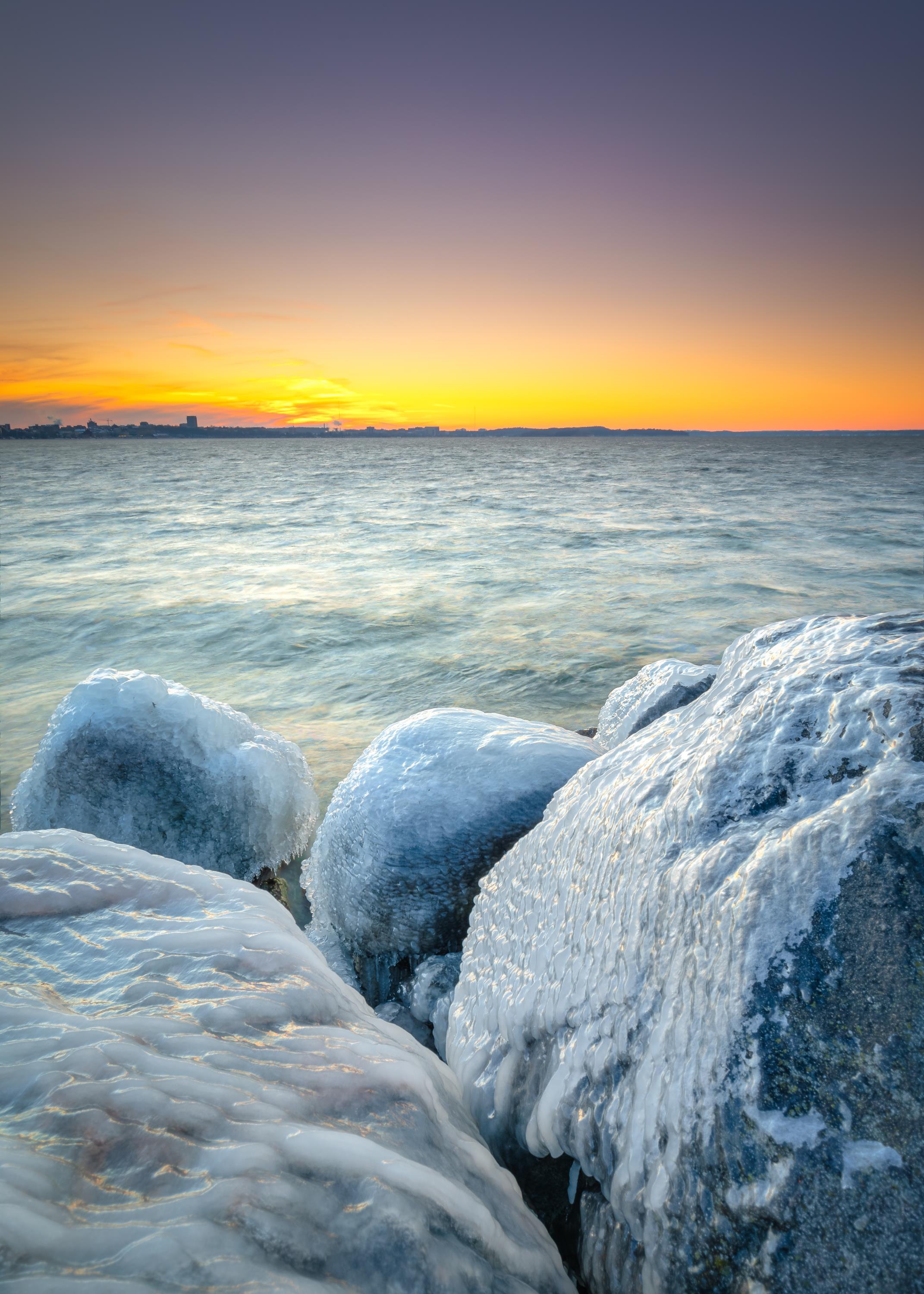
So you left your boat in the water this year in hopes of taking advantage of a mild winter.
Here"s 10 tips from our friends at BoatUS to keep your vessel safe and avoid claims,
1. If your boat's in the water, take a walk around it at the dock. Are there any changes in the waterline? If so, check the bilge for water, a good practice at any time. If you find any, locate the source. It might be a leaking thru-hull or stuffing box, or be coming from the deck through a hatch or portlight.
2. Verify that all seacocks are closed, except for the cockpit. Also check that leaves don't clog the cockpit scuppers, which could fill the cockpit and force drains underwater, back-flooding the boat.
3. Check your docklines for security and chafe. Winter storms can put a lot of strain on docklines so make sure you use a good chafe guard, and make sure the boat is tied so it can't get caught under the dock during tide changes.
4. Check the operation of the bilge pump. It should work even if the battery switch is off. Manually turn on the switch to verify the pump comes on.
5. Inspect the shore power cord for damage and make sure the battery charger is operating. Verify the battery electrolyte hasn't evaporated and add some if needed. If you spot corrosion on battery terminals, clean it off now.
6. Look for fuel, oil, or coolant leaks. You don't want your bilge pump to spew oil into the water. In addition to polluting the environment, you could be in for a big fine.
7. If you haven't already removed expensive electronics, now's the time. Boatyards are like ghost towns in the winter, and can be easy pickings for thieves.
8. Make sure the boat is well-ventilated. Air circulation prevents mold and mildew from forming down below and keeps the boat smelling fresh. Treat any mold that you find now, before it gets worse.
9. If your boat is stored ashore, check that jackstands haven't shifted or sunk into the ground, and are chained together under the boat. Tell the boatyard if something doesn't look right.
10. Make sure that water isn't pooling on deck or in the cockpit. Nothing good ever comes from standing water inside or outside a boat; water can damage the gelcoat and cause stain